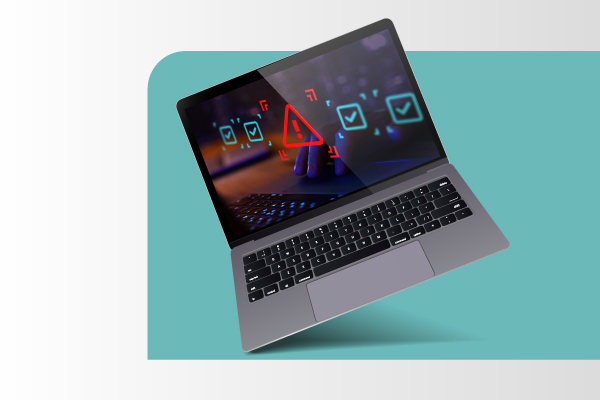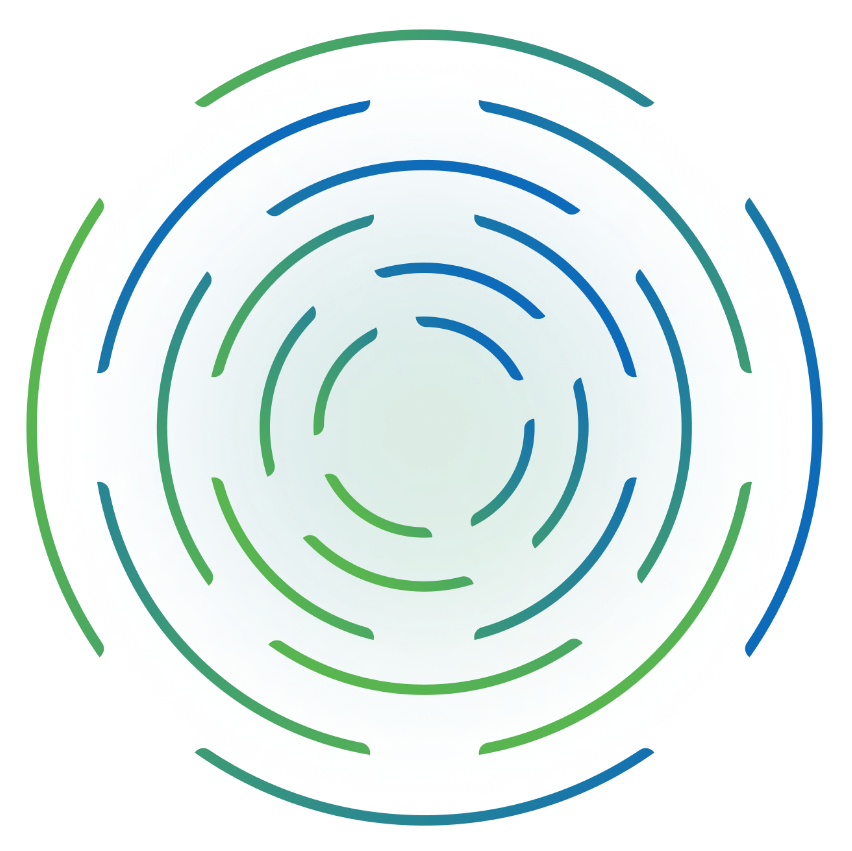The complexity of today’s hybrid cloud environments makes diagnosing issues increasingly complicated. Multi-layered application stacks run on a mix of virtual machines, microservices architecture, and on-premises infrastructure, and environments are increasingly distributed, diverse, and dynamic. As a result, there are always new and numerous places for incidents to occur.
To ensure the availability of business services for organizations, employees, and customers, ITOps teams must be laser focused on reducing mean time to repair (MTTR). Yet, the traditional IT infrastructure monitoring tools that teams have relied on are unable to keep pace with increasingly complex and scalable IT systems.
That’s where ScienceLogic can help. As a pioneer in IT automation and autonomic IT, ScienceLogic has helped define the standard for AI-driven solutions to reduce mean time to repair and prevent repeat issues while freeing ITOps specialists to tackle more value-added work.
Lowering mean time to repair through automation
For ITOps teams struggling with alert storms and a backlog of incident tickets, automation and artificial intelligence for ITOps (AIOps) are essential for reducing mean time to repair. AIOps technology can respond to signals that fall outside of acceptable thresholds without getting fatigued by alerts or frustrated by recurring incidents.
AIOps automates IT workflows to detect incidents sooner, pinpoint root cause faster, and accelerate remediation. A superior AIOps solution will automate five key tasks.
- Monitoring all IT resources and applications that power business services. AIOps solutions solve the challenges of fragmented and siloed data by providing complete visibility into an IT environment, monitoring applications and systems across clouds and on-premises data centers.
- Alerting on any changes and how they may affect the business service. When IT incidents occur, the AIOps platform must alert affected business units. To help ITOps teams prioritize work, alerts should also provide insight into which business services are likely to be impacted and what the severity of impact will be.
- Correlating information across resources to determine root cause. The complexity of root cause analysis in modern IT stacks is one of the most common factors for repeat issues and extended mean time to repair. An AIOps platform should address this challenge by detecting correlated anomalies and patterns in both logs and metrics, then automatically flagging and characterizing critical incidents to isolate their root causes.
- Providing actionable recommendations on how to resolve the issue. To accelerate mean time to repair, root cause analyses must be presented in a human-friendly format so operators can quickly understand what actions should be taken.
- Automating changes that resolve the issue. The final step in accelerating mean time to repair is to automatically take action to remediate the affected systems. With a superior automation solution, MTTR can be cut from hours to minutes.
Reducing mean time to repair with ScienceLogic
ScienceLogic is a leader in ITOM and AIOps, providing modern IT operations with actionable insights to predict and resolve problems faster in a digital, ephemeral world. The ScienceLogic AI Platform empowers intelligent, automated IT operations to drive business outcomes while freeing ITOps teams from tedious and repetitive routine tasks.
The ScienceLogic AI Platform sees everything across multi-cloud and distributed architectures. It contextualizes data through relationship mapping and integrates and automates workflows to act on key insights.
To reduce mean time to repair, ScienceLogic provides:
- Complete hybrid cloud monitoring: ScienceLogic’s hybrid cloud monitoring software monitors the health of your entire IT environment, including the most widely deployed data center and network devices and public cloud services. SL1, part of the ScienceLogic AI Platform, offers out-of-the-box support for auto-discovery of over 500 types of hybrid cloud assets, and low-code tools to build your own monitoring solutions.
- Consolidated business service alerting: SL1 delivers best-in-class business service level monitoring and ITSM ticket management. The business service view delivers a unified view of the entire IT stack to ensure immediate visibility into any problem area. Integrated noise reduction minimizes noise for alert storms by 90% or more. SL1 also automatically enriches events and incidents with critical diagnostic information to help ITOps teams prioritize work and start troubleshooting faster.
- Superior root cause identification: SL1 employs generative AI that has been proven to identify root cause with greater than 90% accuracy. This allows your ITOps teams to fix issues faster and address root causes to prevent recurring issues.
- Human-ready insights: Using large language models and generative AI, SL1 reviews issues and converts analysis into operator-friendly language that clearly explains the cause of an incident and what needs to happen next. This enables Level 1 support teams to confidently triage issues in minutes rather than hours.
- Automated incident response: SL1’s automated corrective actions include applying software patches, scaling cloud resources, and executing pre-built and customizable run books for rolling back to a stable and secure configuration. With SL1’s automated incident response, repairs are performed in seconds, with zero risk of misconfiguration.
Reducing MTTR with automated root cause analysis
Determining root cause is critical to reducing mean time to repair. ScienceLogic Skylar Automated RCA AI Log Analysis enables your teams to diagnose issues 10x faster by automating root cause analysis.
Typically, when critical business services go down, ITOps teams may spend hours sifting through countless log files to determine what happened. This tedious and time-consuming task often accounts for as much as 70% of MTTR. ScienceLogic Skylar Automated RCA accelerates this phase by doing all the heavy lifting – it automatically ingests and runs machine learning-driven log analysis across millions or billions of messages from log files captured from your entire IT estate—in real time.
With Skylar Automated RCA AI Log Analysis, you can:
- Significantly reduce time to understand what is actually broken and where to begin troubleshooting and repair.
- Quickly identify root cause with help from machine learning.
- Catch new problems – the “unknown unknowns”– by identifying unusual or novel issues and associated root causes.
- Get root cause summaries in plain language and word clouds that help ITOps quickly know what’s happening and where to begin fixing it.
Why customers choose ScienceLogic
ScienceLogic is trusted by thousands of organizations across the globe to deliver insights that accelerate innovation and drive business outcomes. Our platform monitors your hybrid digital ecosystem and uses advanced discovery techniques to visualize everything within your IT environment. With solutions for AIOps, IT infrastructure monitoring, network automation, observability, cloud network monitoring, and more, ScienceLogic empowers intelligent, automated IT operations that free up time and resources for ITOps teams and resolve problems faster for organizations operating in a digital, ephemeral world.
The ScienceLogic AI Platform is designed to meet the rigorous security requirements of the United States Department of Defense. It is optimized for the needs of large enterprises and proven for scale by the world’s largest service providers. With ScienceLogic, organizations and their ITOps teams can manage IT environments at speed, at scale, and in real-time.
Mean Time to Repair FAQs
What is mean time to repair?
Mean time to repair (MTTR) is the average time taken to diagnose, repair, and restore a failed system or component to full functionality. It is calculated by dividing the total repair time by the number of repairs performed during a specific period. MTTR is a critical metric for assessing the efficiency of maintenance processes and the reliability of IT systems.
What are the challenges of reducing MTTR?
Challenges in reducing MTTR include accurately diagnosing the root cause of issues, which can be complex and time-consuming. Limited availability of skilled personnel and necessary repair tools can delay the repair process. Additionally, coordination between different teams and ensuring timely access to replacement parts or software updates can be difficult, further complicating efforts to reduce MTTR.








